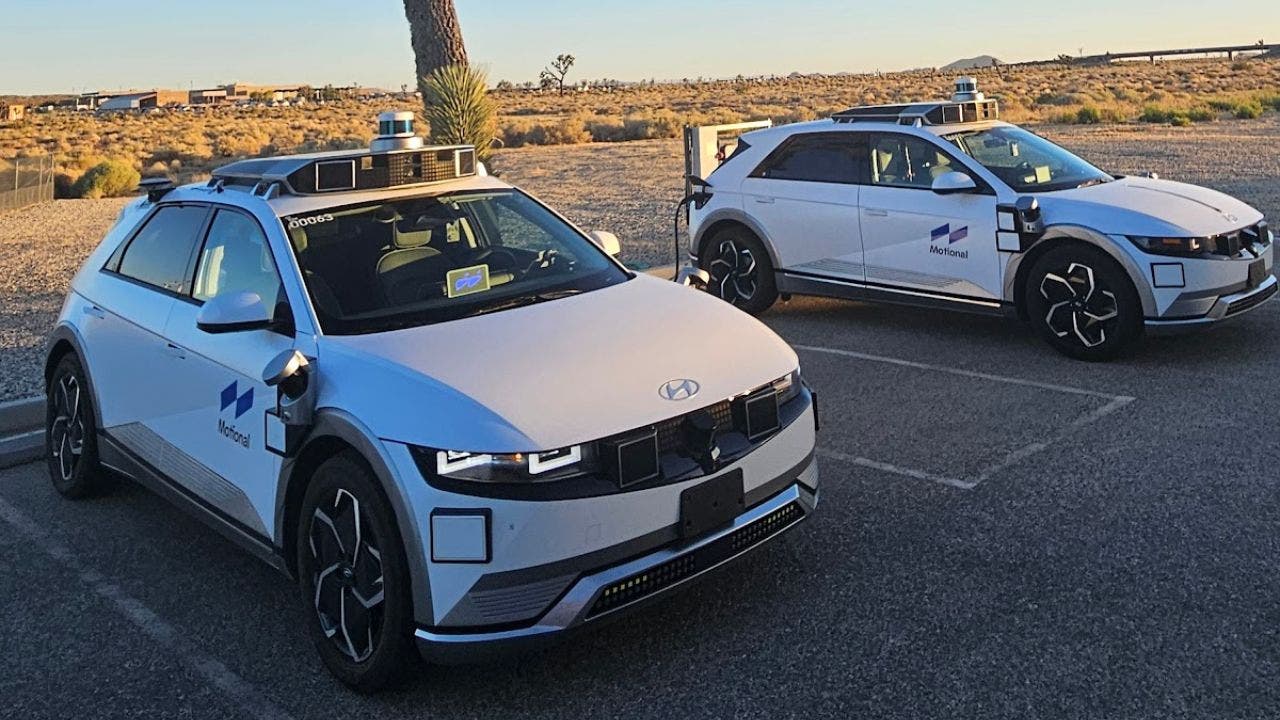High-Speed Breakthrough: Autonomous Robotaxi Shatters Highway Testing Records
In a thrilling advancement for the world of transportation, an autonomous robotaxi has recently set a new benchmark by successfully completing highway tests at speeds of 75 mph. This remarkable feat not only highlights the rapid progress in self-driving technology but also paves the way for a future where autonomous vehicles could transform our daily commutes and long-distance travels. With such developments, the landscape of transportation is on the brink of a revolutionary change.
Understanding the Breakthrough
The successful tests conducted by the autonomous robotaxi mark a significant milestone in the realm of autonomous vehicle technology. These vehicles are engineered with advanced sensors, artificial intelligence, and machine learning algorithms that allow them to navigate complex environments without human intervention. Achieving high speeds on highways is particularly challenging due to the need for precision, quick decision-making, and the ability to interact safely with other vehicles.
During the testing phase, the robotaxi demonstrated its capability to not only maintain high speeds but also to respond effectively to various scenarios that typically occur on highways, such as merging, lane changes, and navigating through traffic. This accomplishment reflects years of research and development, as companies continue to refine their self-driving systems.
Key Technologies Behind the Success
The autonomous robotaxi’s performance can be attributed to several key technologies:
- Advanced Sensors: The vehicle is equipped with a suite of sensors, including LiDAR, radar, and cameras, that provide a 360-degree view of its surroundings. This data is crucial for detecting obstacles, understanding road conditions, and identifying other vehicles.
- Artificial Intelligence: Sophisticated AI algorithms analyze sensor data in real-time, allowing the robotaxi to make informed decisions quickly. These algorithms learn from millions of driving scenarios to improve their accuracy and safety.
- Robust Connectivity: High-speed internet connectivity enables the robotaxi to communicate with other vehicles and infrastructure, enhancing its situational awareness and responsiveness in dynamic driving environments.
- Simulation and Testing: Extensive testing in simulated environments allows developers to predict how the vehicle will respond to various situations, ensuring safety and reliability before real-world deployment.
The Implications for the Future of Transportation
The implications of this high-speed breakthrough are profound. As autonomous robotaxis become more reliable and efficient, they could significantly reduce traffic congestion and improve road safety. Here are some potential benefits:
- Reduced Accidents: Human error is a leading cause of traffic accidents. Autonomous vehicles, driven by sophisticated algorithms, are designed to minimize this risk by following traffic rules and reacting faster than human drivers.
- Increased Efficiency: With the ability to communicate with one another, autonomous vehicles can optimize routes and reduce travel times. This could lead to less fuel consumption and lower emissions, contributing positively to environmental sustainability.
- Enhanced Accessibility: Autonomous robotaxis could provide reliable transportation options for individuals unable to drive, including the elderly and disabled, thereby improving their mobility and quality of life.
- Cost Savings: With fewer accidents and increased efficiency, the overall cost of transportation could decrease. This includes lower insurance premiums, reduced healthcare costs due to fewer accidents, and less wear and tear on public infrastructure.
Challenges and Considerations
While the advancements in autonomous robotaxi technology are exciting, several challenges still need to be addressed:
- Regulatory Hurdles: Governments worldwide must develop regulations that ensure the safe deployment of autonomous vehicles on public roads. This includes establishing safety standards and liability frameworks.
- Public Acceptance: For widespread adoption, the public must feel comfortable with the idea of riding in self-driving vehicles. Education and awareness campaigns can help ease fears and misconceptions.
- Cybersecurity Risks: As vehicles become more connected, they also become more vulnerable to cyber-attacks. Ensuring robust cybersecurity measures is critical to protect passengers and data.
- Infrastructure Adaptation: Current road infrastructure may need modifications to accommodate autonomous vehicles, including smart traffic signals and dedicated lanes.
Conclusion: A New Era in Transportation
The successful highway testing of an autonomous robotaxi at speeds of 75 mph is an exciting glimpse into the future of transportation. As technological advancements continue to evolve, we are likely to see more breakthroughs that will make self-driving vehicles a common sight on our roads. The promise of increased safety, efficiency, and accessibility paints an optimistic picture for urban mobility.
As we stand on the brink of this new era, it’s essential to foster collaboration among technology developers, policymakers, and the public to address the challenges ahead. With the right approach, the dream of widespread autonomous transport could soon become a reality, transforming our cities and enhancing our everyday lives.
In summary, this high-speed breakthrough in autonomous robotaxi technology not only shatters previous testing records but also signals the dawn of a new age in transportation. The future is indeed bright for autonomous vehicles, and the journey has only just begun.
See more Future Tech Daily

